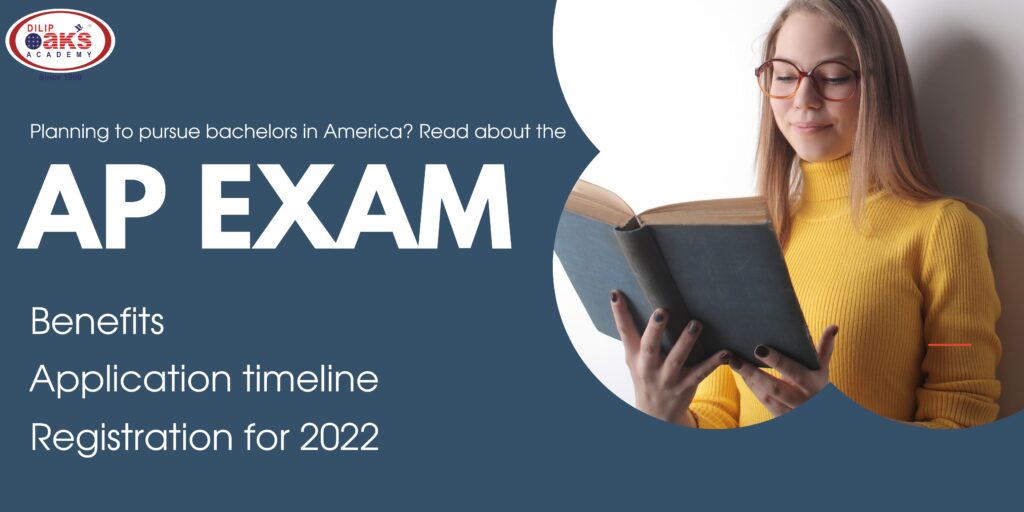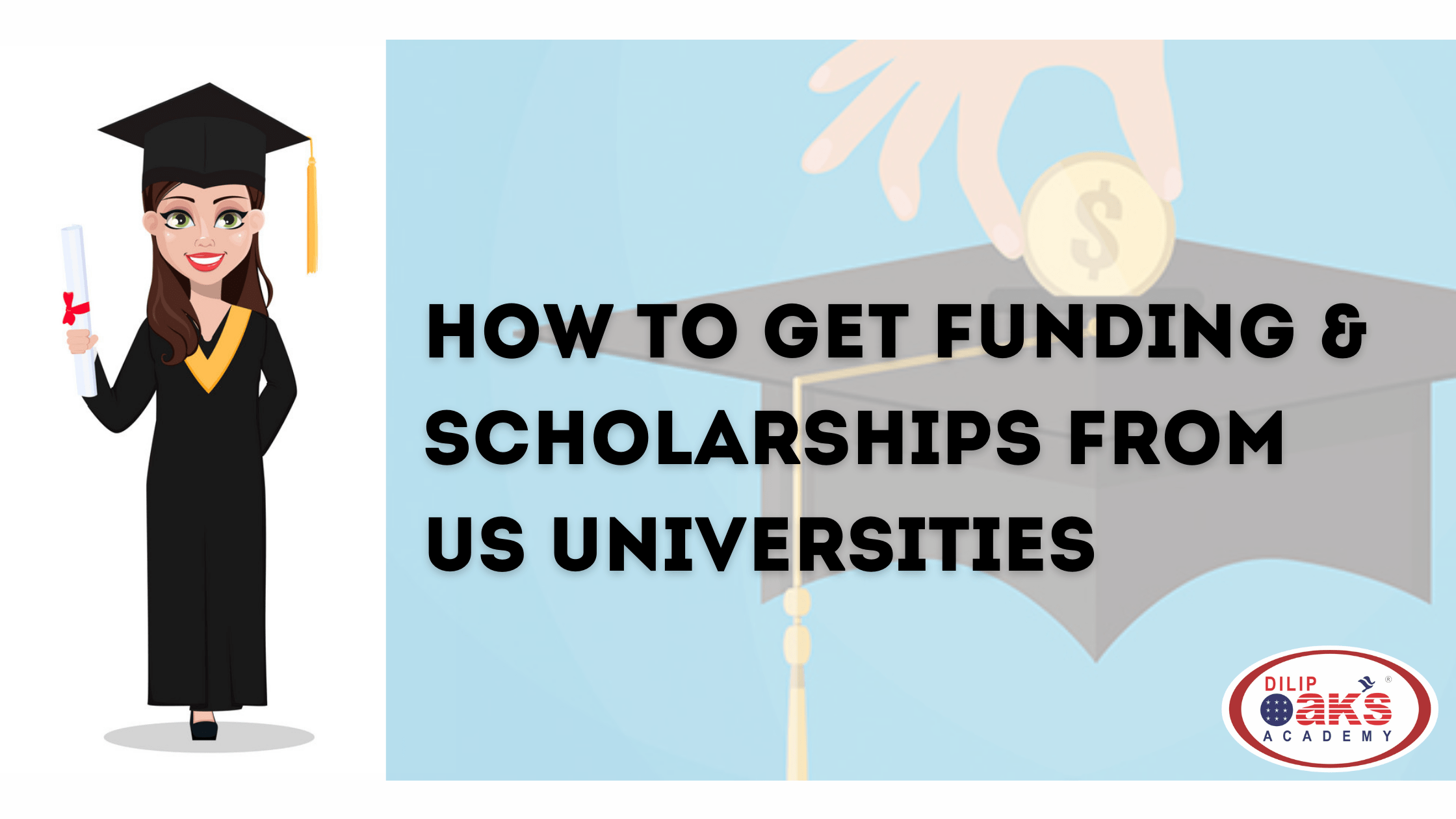
The UK is recognized as the second best international study destination after the USA. It offers students world class career prospects, state-of-the-art facilities and a multicultural environment. Some of the most reputed universities in the world are located in the UK. In fact, four of the world’s top ten universities are located in the UK.
Some of the advantages of Studying in the UK are:
1. A wide variety of courses to choose from
Universities in UK offer a wide choice of subject to choose from, therefore if you are looking at studying a specialized subject then you can apply to universities that offer a Masters in that specific field (e.g. Artificial Intelligence or Machine learning) or if you are undecided about your specialization you may choose to study a general subject (e.g. Computer science)
2. Shorter duration courses
The duration for a Masters Taught program is one year. Some universities also offer a two-year program which includes one placement year.
3. Benefits of world leading resources and facilities
Most campuses provide students with an excellent learning environment which is complemented by well-equipped labs with latest technology and modern facilities.
4. Top quality Faculty with industry exposure
Most professors who teach at the university hold a Ph.D. There has been a constant transfer of knowledge between universities and the Industries through research projects. This enables students and companies to collaborate with each other.
5. Scholarships and Jobs while studying
Some universities offer scholarships to international students. The amount offered may not cover the entire tuition cost but it will surely reduce the fees to some extent.
Students can also apply for the GREAT Scholarship offered by The British Council
6. Excellent job opportunities
Computer Science or IT jobs have been classified among the “Shortage Occupations” List by the UK Government.
For more details and inquiries about pursuing higher education in the UK, reach us at 020-67444222 between 2:30 pm to 6:00 pm (Monday to Friday) and enroll for admission counselling for UK right away!







